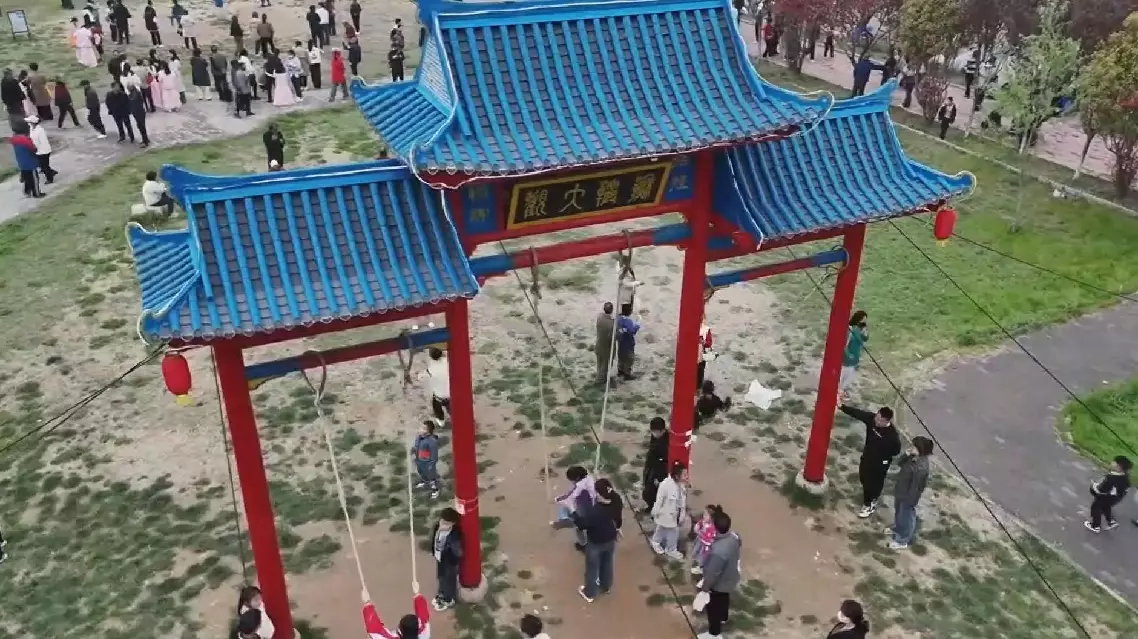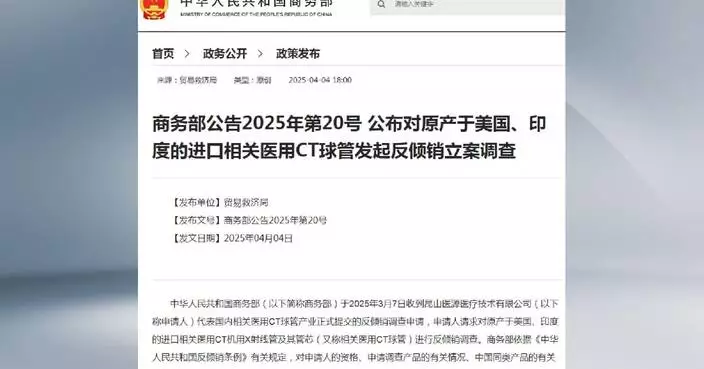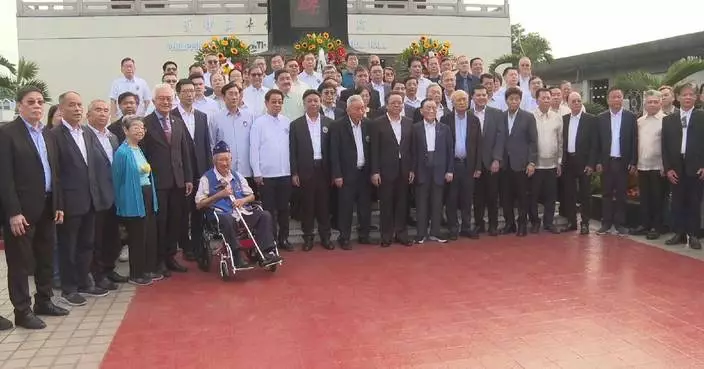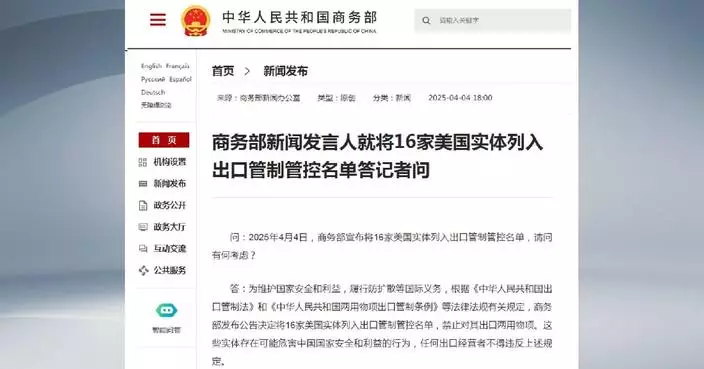Shenzhen City, a high-tech powerhouse in south China's Guangdong Province, is redefining cross-border e-commerce through AI-powered logistics and smart warehouses, leading global logistics efficiency.
With over 80,000 sellers -- nearly half of China's total, the city is at the heart of the country's global online trade. It is also a launchpad for e-commerce giants and tech firms, and home to the country's most advanced smart logistics systems.
At the warehouse of a local logistics company, a smart parcel sorting and inspection system swiftly weighs, scans and categorizies parcels, boosting logistics efficiency.
"Smart systems have greatly improved our efficiency. Since 2022, we've focused on scaling up, with our company growing 60 percent, and top logistics companies in Guangdong up over 50 percent," said Huang Zhijian, vice general manager of Guangdong Delixun International Logistics Co., Ltd.
Most of Huang's partners are industry giants like Huolala, Shein and Shunfeng, which are major players in the transport and retail sectors. Many of them are based in Shenzhen and play a crucial role in strengthening the city's e-commerce supply chain.
"We've set up warehouses of 10,000 square meters each in Guangzhou, Shenzhen and beyond. Every week, we place over 1,000 Huolala freight orders, collecting more than 8,000 cubic meters of goods," Huang said.
Intelligent logistics platforms such as Huolala have been streamlining the supply chain, with growing research and development investment to keep pace with the industry's rapid evolution.
"Since 2019, algorithms have been fully integrated into our operations. Built on AI, big data, and advanced mapping technologies, the system uses a self-developed optimization algorithm framework to solve core challenges in resource allocation. So our intelligent platform handles the real-time matching of millions of daily orders with hundreds of thousands of drivers, achieving a vehicle-to-cargo match rate of 92 percent," said Wang Gong, director of Huolala's marketing department.
Even in global markets, these homegrown smart logistics systems are delivering results.
"The company launched the U.S. last-mile delivery last July. Smart routing cut delivery time to 1.2 days, with a 99-percent delivery success rate," Wang said.
While freight services form the backbone of Shenzhen's cross-border e-commerce, drone deliveries take it to the next level.
"In Shenzhen, 800 to 1,000 drone flights are made daily to handle some 20,000 parcel orders," said Heng Shilong, drone captain of Phoenix-Wings.
Unmanned vehicles and drones merge ground and low-altitude logistics, enabling two-hour deliveries within Shenzhen and four-hour deliveries to nearby cities.
Thanks to this air-ground-sea logistics network, goods can travel from Shenzhen's Yantian Port to San Francisco on the U.S. West Coast in as little as 11 days.
"Last year, the cross-border trade from those e-commerce platforms already exceeded one trillion rmb (137.56 billion U.S. dollars). The one trillion rmb, actually, will become the economic output in Shenzhen's local economies. So, that is quite important to Shenzhen to further technological improvement in the future," said Wu Haifeng, a research fellow with Chinese University of Hong Kong Shenzhen campus.

Shenzhen advances smart logistics, boosting cross-border e-commerce

















































